Description
NOTHOFAGUS betuloides is also called Magellan’s beech or guindo (in its region of origin). It is a small tree highly sought after by collectors for its rarity.
Its tiny, leathery, dark green foliage is shiny and evergreen. Evergreen deciduous trees are few in Europe. Add to that its fine, graceful branches as well as its smooth bark and you get an extraordinary plant. In addition, its habit is columnar while having lateral branches that grow in layers.
In spring, its foliage is slightly brown before taking on its dark green color.
As for its size, in Europe it grows much more slowly than in its natural habitat, Patagonia. With its growth of around fifteen centimeters per year, it will reach a height of only 1.50 m after ten years. The subject in our photo is located in the Vallonchêne Garden and is around twelve years old.
Moreover, this is the plant par excellence for Bonsai.
Finally, the largest specimen we have known in France was that of the Jardin du Vasterival with a height of approximately 5 meters. This subject was around thirty years old before becoming the victim of a storm.
How to grow and care for NOTHOFAGUS betuloides?
Plant it in a location protected from the wind, in partial shade or full sun. The soil should be light to normal, moist, or even dry. This little tree accepts any pH.
Given its slow growth, this plant will do well even in small gardens.
Furthermore, it resists the cold very well (down to around -20°C).
For a good preparation of the pot or ground, we have designed specific instructions available here. Furthermore, discover here how to water your garden and save water.
History and Origin
NOTHOFAGUS betuloides finds its origins in South America and more particularly in Chile, Argentina and Tierra del Fuego. It belongs to the southernmost trees on our planet. N. betuloides plays an important role in the Patagonian ecosystem.
This wonderful plant has also been introduced to Scotland.
The species was described for the first time in 1827 by Charles François Brisseau de Mirbel in Mémoires du Muséum d’Histoire Naturelle under the name FAGUS betuloides.
Furthermore, it is called Magellan’s beech in honor of the great Portuguese navigator Ferdiand Magellan. However, it is not a beech (FAGUS) strictly speaking. There is just a similar appearance (especially at the bark level).
Then, the wood is nicely marked and has pinkish tones. Thanks to its hardness and semi-heavy weight, it is used in construction and the manufacture of furniture.
Like all trees, it provides shelter for birds.

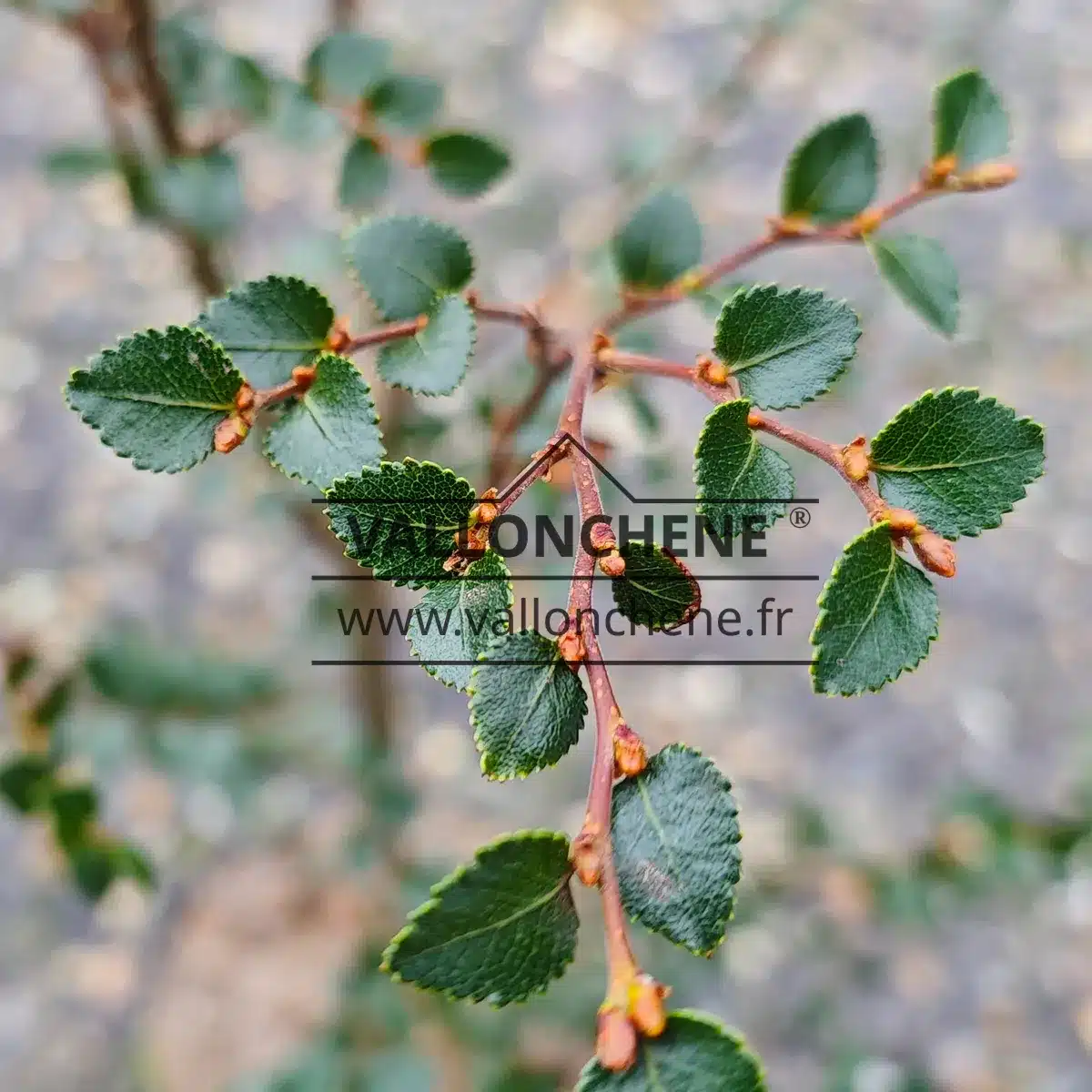
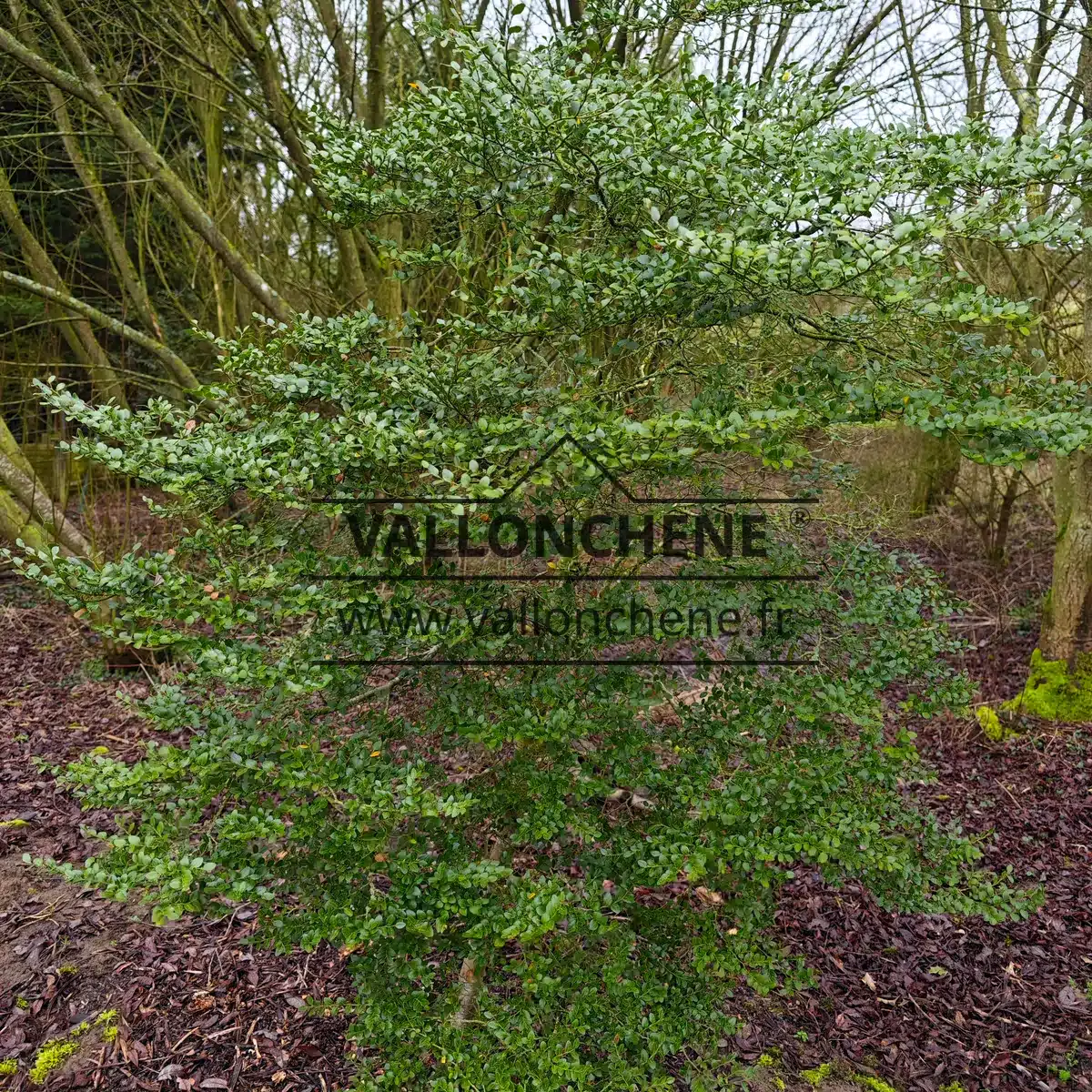
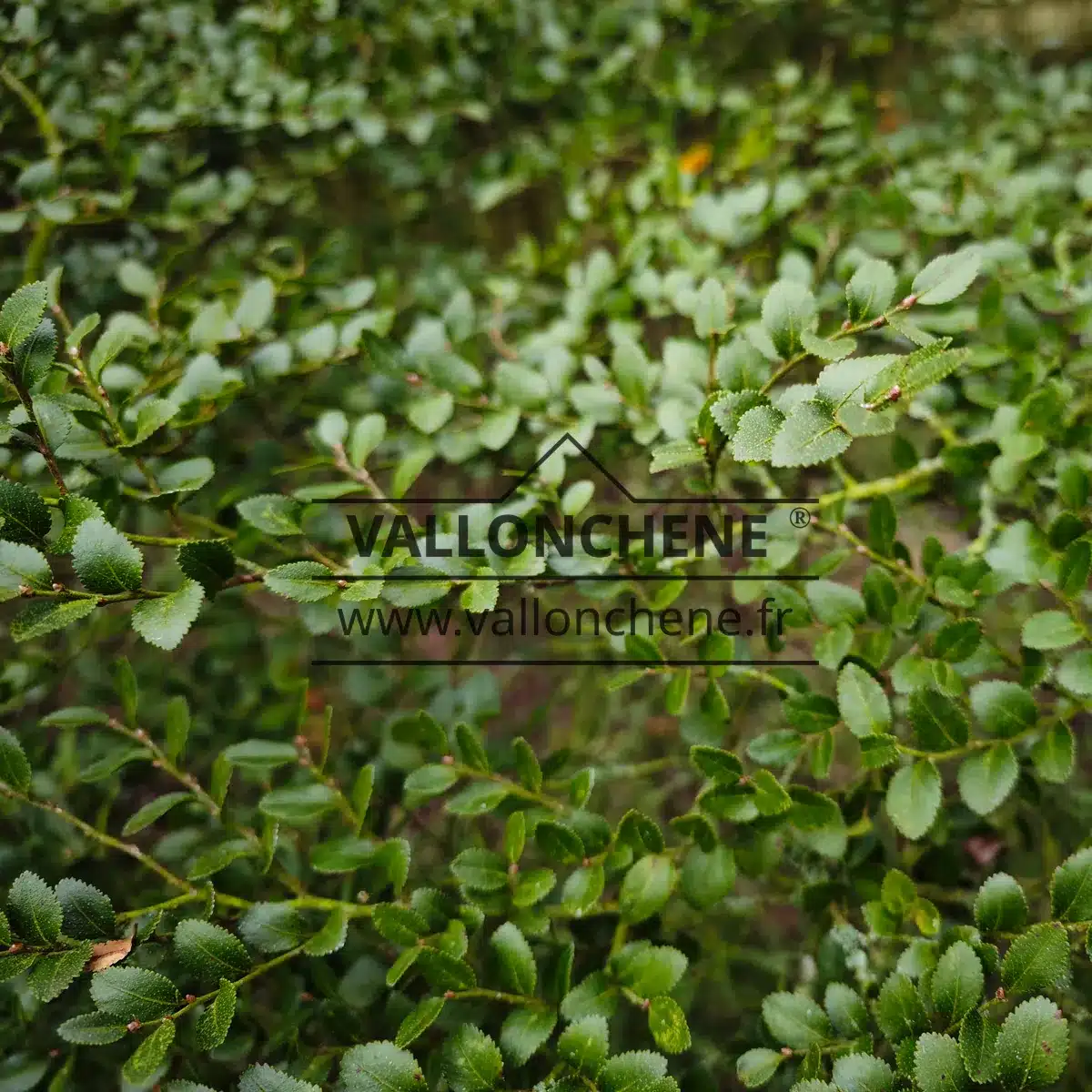

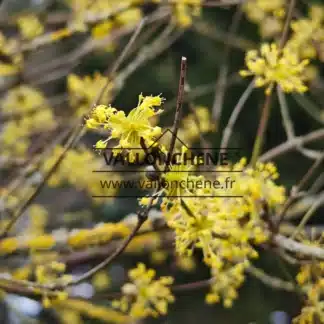
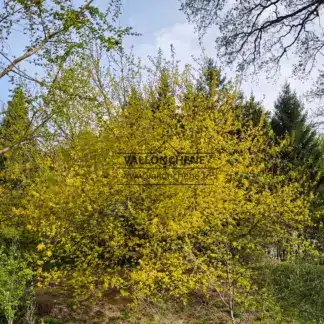

Reviews
There are no reviews yet.